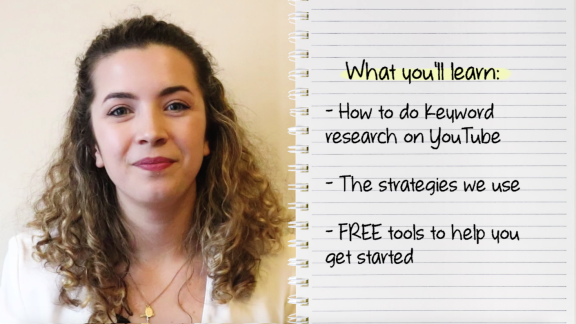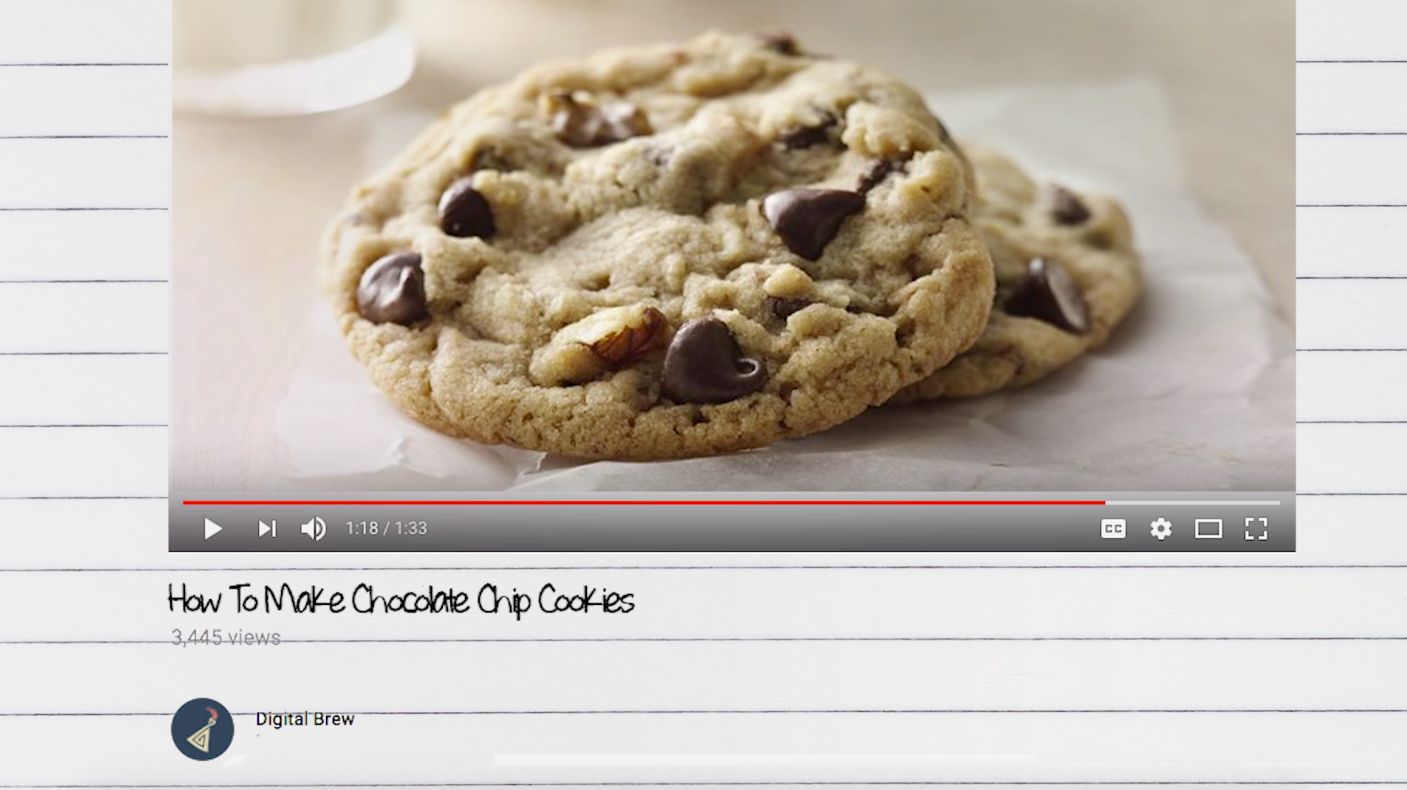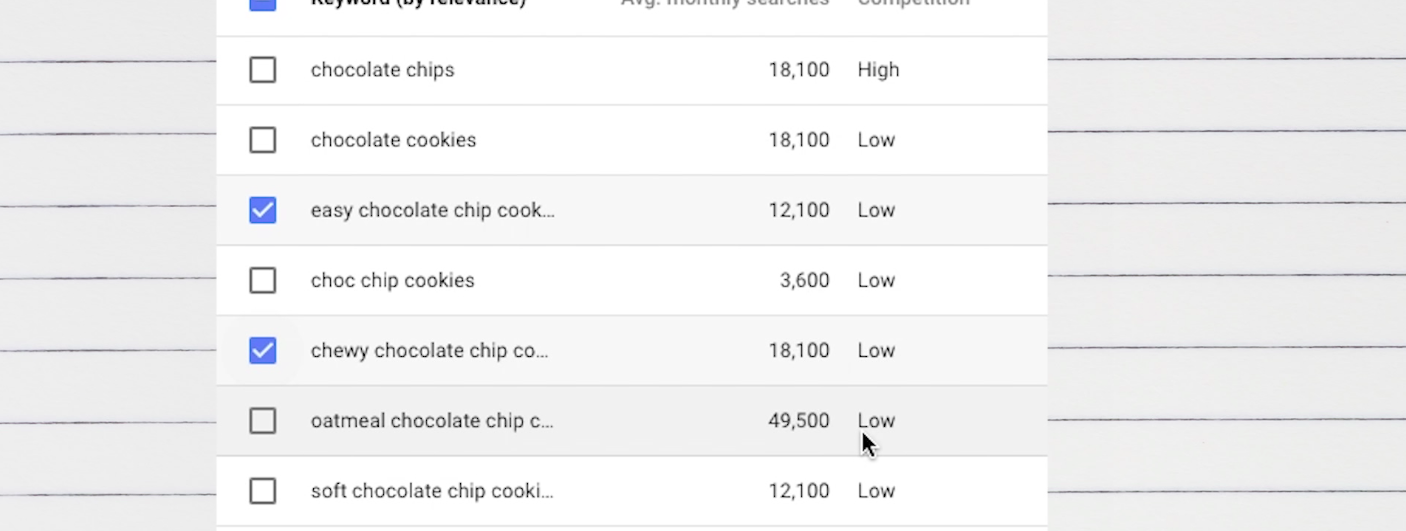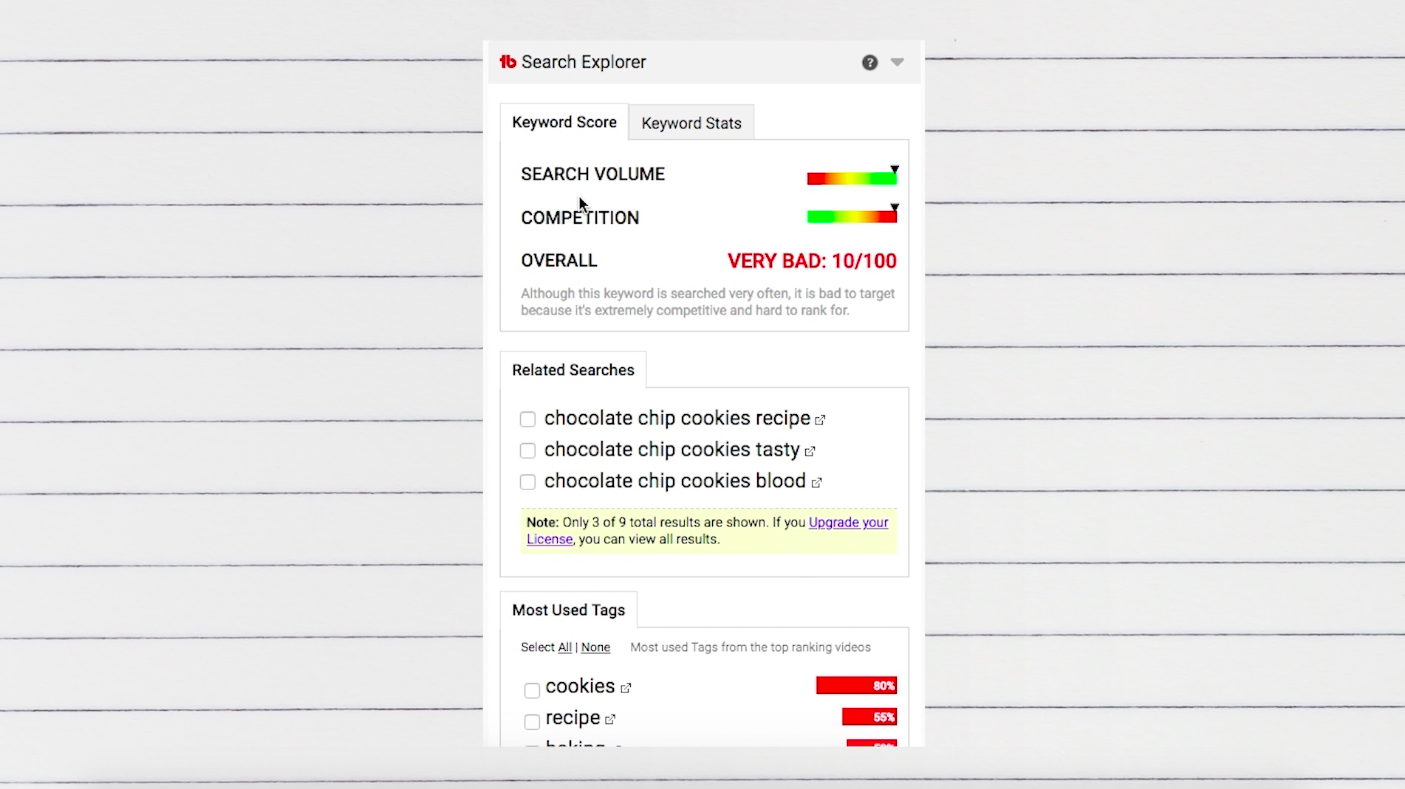- All
- 3D
- Animation
- AWS Activate
- B2B
- B2C
- Bit of Both
- Blog
- Cisco
- DB Culture
- Education
- Emmy® Award Winning
- Entertainment
- Explainer LP
- Featured
- Finance
- Fitness
- Healthcare
- HIMSS
- InBound19
- Live Action
- Live Action LP
- Manufacturing
- Marketing
- Motion Graphics LP
- Software + Tech
- The Drip
- Uncategorized
- Video Marketing
- What We Do Bit Of Both
- What We Do Live Action
(VIDEO) How To Do YouTube Keyword Research In 2018
April 3, 2018

2 Strategies For YouTube Keyword Research Success
Everyone has their own way of doing things, but there are two primary strategies you can use to do YouTube keyword research for ranking success.Strategy #1: Google Keyword Planner and Google Trends
If you’ve been writing blogs online for a while, the first strategy is one you’re likely familiar with already: using a combination of Google Keyword planner and Google trends to find unique, long-tail keywords that work for your content. Here’s how that strategy works in real life. Let’s say we’re making a video about the best chocolate chip cookie recipe ever. I could make the title, “How To Make Cookies,” but that’s:- Not specific enough
- Too competitive, especially for a small channel.
 Instead, what I might do is go to Google’s Keyword Planner and type in the phrase “Chocolate Chip Cookies.” This will start to show me some additional adjectives and keywords that I can add into the mix to make my title more descriptive.
This might give me the idea to make a video about:
Instead, what I might do is go to Google’s Keyword Planner and type in the phrase “Chocolate Chip Cookies.” This will start to show me some additional adjectives and keywords that I can add into the mix to make my title more descriptive.
This might give me the idea to make a video about:
- Easy chocolate chip cookies
- Chewy chocolate chip cookies
- Soft chocolate chip cookies, or even
- Double chocolate chip cookies.
 Already, we’ve added a new layer of specificity to our title — one we know people are searching for.
Another benefit of using Google Keyword Planner is it shows you the search trends for your phrase. As you can see, people search for chocolate chip cookie recipes far more in December than any other month. If I were planning out content a few months in advance, I’d definitely try to prioritize these recipes for the winter season. I also might include phrases like…
[UPDATED DECEMBER 2018]
…or The Softest Chocolate Chip Cookie Recipe Ever 2018
…to add another layer of urgency.
Already, we’ve added a new layer of specificity to our title — one we know people are searching for.
Another benefit of using Google Keyword Planner is it shows you the search trends for your phrase. As you can see, people search for chocolate chip cookie recipes far more in December than any other month. If I were planning out content a few months in advance, I’d definitely try to prioritize these recipes for the winter season. I also might include phrases like…
[UPDATED DECEMBER 2018]
…or The Softest Chocolate Chip Cookie Recipe Ever 2018
…to add another layer of urgency.
Strategy #2: YouTube Suggested Search and TubeBuddy
The second strategy is more YouTube-specific: using a combination of YouTube-recommended search phrases and free analytics tools like TubeBuddy to inform your YouTube keyword research. When you type a phrase into YouTube’s search bar, you’re often presented with a number of suggested phrases. Generated by Google/YouTube, these phrases represent other keywords you could be using instead to title your video. Another great idea is to use a free tool like TubeBuddy. With TubeBuddy, you can search for the phrase you’re thinking of and bring up a detailed report of that keyword’s score, how often it’s used, how dense the competition is and even the average number of subscribers other channels using that keyword have. This will definitely help you evaluate whether a keyword is worth fighting for or whether you should add even more detail to make your video more competitive.
So, let’s recap…
- There are two strategies we use to conduct keyword research on YouTube: Google’s Keyword Planner and YouTube’s suggested phrases.
- There is a free tool we also used called TubeBuddy, which allows you to see competition for the keyword phrase you’re looking to rank for.
- As with any keyword research, your mileage may vary. The best idea is always to research, research, research, then just go make something. If you don’t get it right the first time, keep trying.


